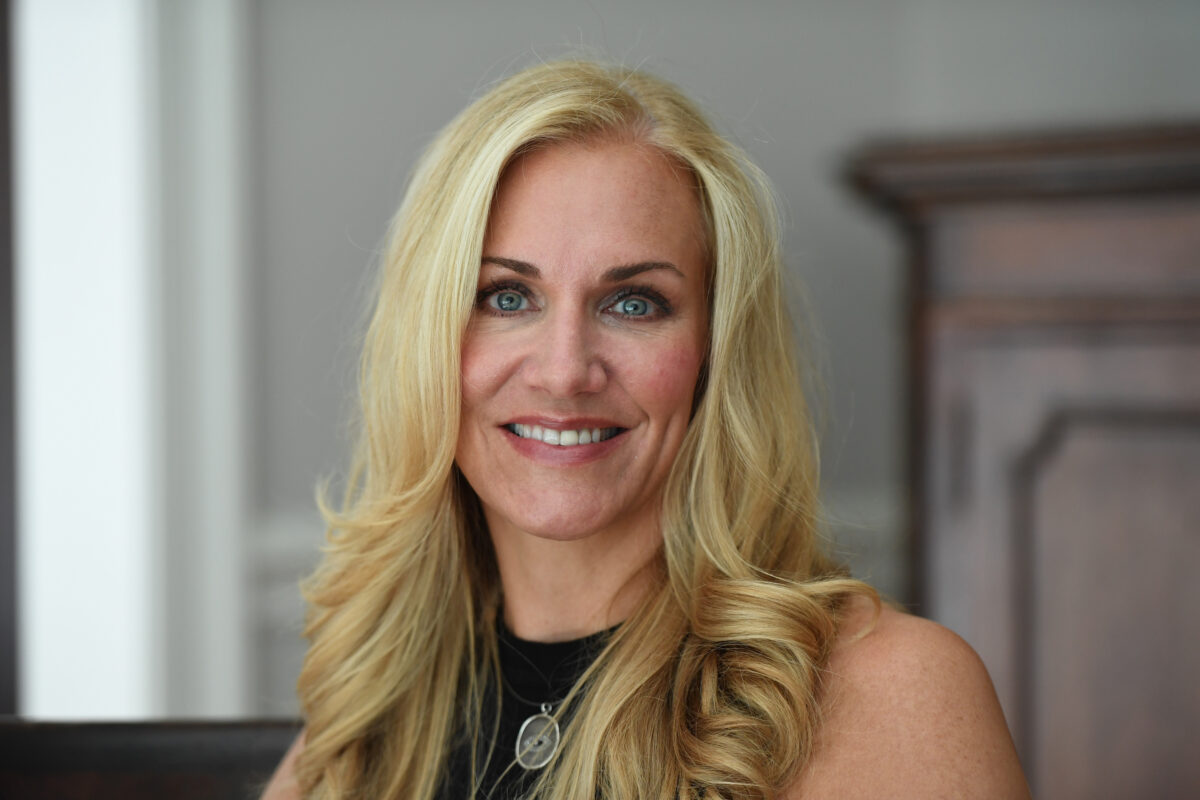Why are Nurse Health Coaches Important
As healthcare continues to evolve, so does the role of nurses. One such evolving role is that of the nurse health coach. While the concept of a health coach is not new, incorporating nursing expertise adds a unique layer of care and guidance. But what exactly is a nurse health coach?
At its core, a nurse health coach is a registered nurse who has undergone additional training in coaching and wellness promotion. They work with patients to set and achieve health-related goals, and to improve their overall health and well-being. This can include anything from managing chronic conditions to improving lifestyle habits.
One of the key differences between a nurse health coach and a traditional nurse is the emphasis on patient empowerment. Rather than simply providing treatment and advice, a nurse health coach works with patients to identify their own goals and motivations. They then develop a personalized plan to help patients achieve those goals and offer ongoing support and guidance along the way.
This approach is especially effective for patients with chronic conditions, such as diabetes or heart disease. Rather than simply managing symptoms, a nurse health coach can help patients make lifestyle changes that can improve their overall health and prevent complications down the line.
But a nurse health coach isn’t just for those with chronic conditions. They can also work with patients who want to improve their overall health and wellness, such as quitting smoking or losing weight. By working with a nurse health coach, patients can develop a plan that is tailored to their unique needs and goals, and receive ongoing support and guidance throughout their journey.
One of the key benefits of a nurse health coach is the emphasis on patient education. Rather than simply telling patients what to do, a nurse health coach can help them understand the reasons behind their recommendations. This can help patients take ownership of their own health and make more informed decisions about their care.
In addition to working with patients, nurse health coaches can also work with healthcare teams to improve patient outcomes. By providing guidance and education to other healthcare providers, nurse health coaches can help ensure that patients receive comprehensive, coordinated care.
The Nurse Coach Collective is an organization that recognizes the importance of nurses and seeks to empower them to play an even more significant role in healthcare. The organization offers a 7-month online program that helps nurses become nurse health coaches.
The Nurse Coach Collective Program
The Nurse Coach Collective program is a comprehensive 7-month online program that helps nurses become nurse health coaches. The program is designed to equip nurses with the knowledge, skills, and tools necessary to provide effective nurse health coaching.
The program is divided into three phases: Foundations, Integration, and Application. The Foundations phase covers the basics of nurse health coaching, including the philosophy, principles, and skills required. The Integration phase focuses on applying the skills and principles learned in the Foundations phase to real-world situations. The Application phase is where the nurses get to apply their knowledge and skills to a specific project or area of interest.
The program is taught by experienced nurse coaches who have extensive knowledge and experience in the field. The instructors are passionate about empowering nurses to become nurse health coaches and are committed to providing ongoing support to their students.
Benefits of the Nurse Coach Collective Program
The Nurse Coach Collective program offers several benefits to nurses looking to become nurse health coaches. Some of the benefits include:
- Empowerment: The program empowers nurses to take control of their careers and become leaders in healthcare.
- Skill Development: The program helps nurses develop the skills necessary to become effective nurse health coaches.
- Flexibility: The program is entirely online, making it easy for nurses to fit it into their busy schedules.
- Professional Development: The program provides nurses with a valuable professional development opportunity that can enhance their career prospects.
- Improved Patient Outcomes: Nurse health coaching has been shown to improve patient outcomes, and nurses who complete the program can help make a positive impact on their patients’ lives.
The Nurse Coach Collective program is an excellent opportunity for nurses looking to become nurse health coaches. The program is comprehensive, flexible, and taught by experienced nurse coaches who are passionate about empowering nurses. By completing the program, nurses can develop the skills necessary to become effective nurse health coaches and make a positive impact on their patients’ lives.










